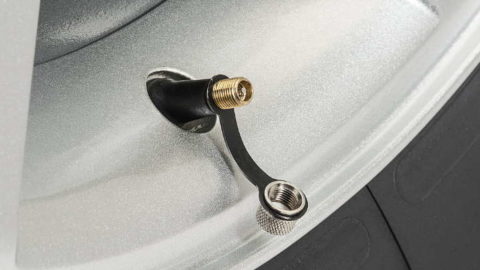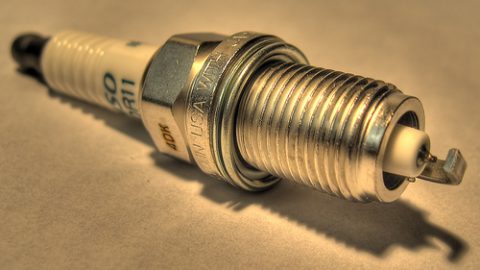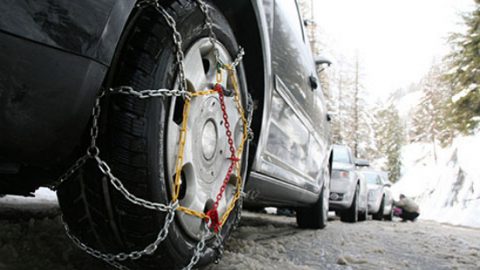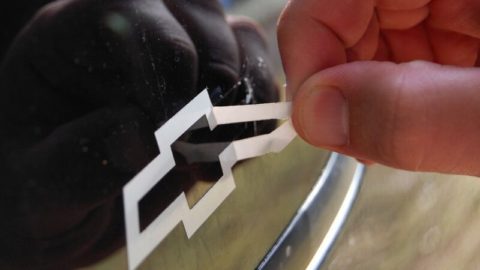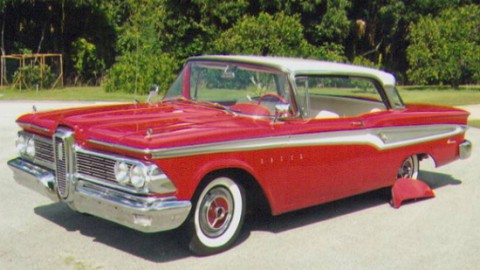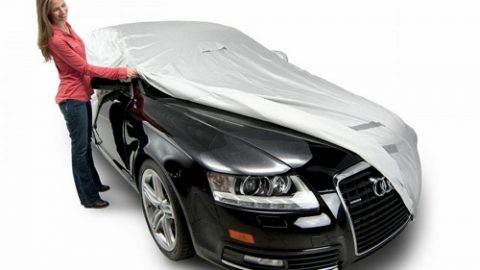Wheel offset is the distance between the centerline of the wheel and its hub surface. This is the number that’s calculated in mm or inches and lets the car owner know, how much of wheel will stick in or out from the wheel mounting surface. It’s important to consider the wheel offset not only from cosmetic point of view, but also in terms of safety and performance.
Selecting the proper wheel offset is always about finding the right balance between running as close to stock as possible, and enjoying custom look of aftermarket wheels.
Capitol-Tires.com is an independent enthusiast website and is not affiliated with or endorsed by American Tire Distributors (ATD), Nexen, Itochu or any other manufacturers and its content is solely for informational purposes. All manufacturer names, symbols, and descriptions, used in our images and text are used for identification purposes only. It is neither inferred nor implied that any item mentioned by Capitol-Tires.com is a product authorized by or in any way connected with any products/vehicle manufacturers displayed on this page. Copyright © 2025 CAPITOL-TIRES.com. All rights reserved.

